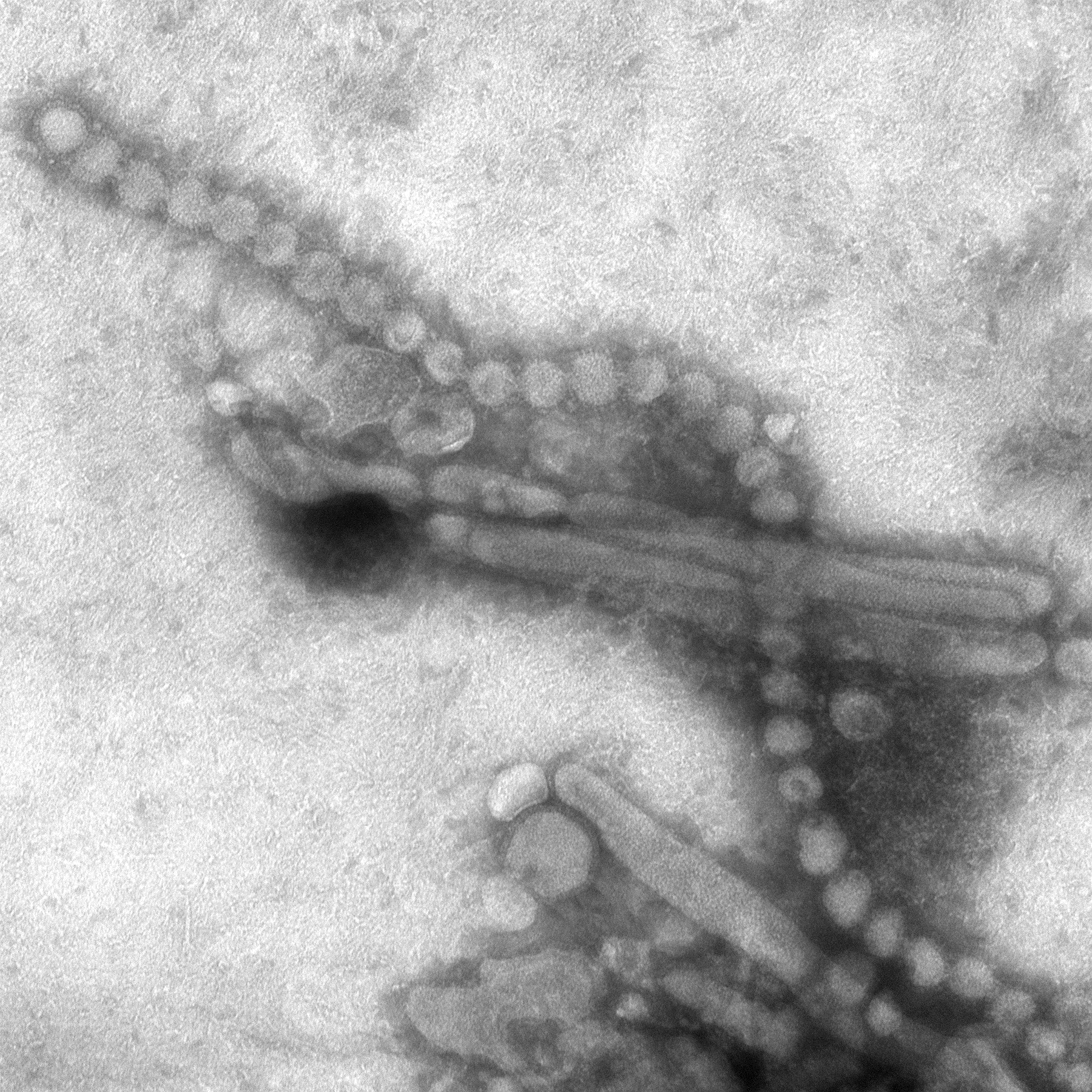A new study by a group including Dr Munir Iqbal, from The Pirbright Institute, has identified a previously unknown factor which works to limit the host range of influenza viruses.
The research, recently published in Nature, has revealed that the avian protein ANP32A works as a species barrier. During replication, the avian influenza strains use an enzyme called RNA polymerase, which is supported by ANP32A. However, because mammals do not possess ANP32A, avian influenza viruses are not able to replicate as efficiently, and therefore their virulence is diminished in mammals.
The study found that the mutation E627K in PB2 - one of the RNA polymerase proteins, enables mammalian proteins similar to ANP32A to support the avian virus RNA polymerase, thereby increasing the virulence of avian viruses in mammals.
The incidence of influenza pandemics can be unpredictable when zoonotic influenza viruses with new mutations acquire the ability to transmit amongst humans. Host range is limited by incompatibilities between elements of the avian virus and the human host. These barriers include receptor preference, virion stability and poor activity of the avian virus RNA polymerase in human cells.
Dr Iqbal, Head of the Institute’s Avian Influenza Virus group in the Avian Viral Diseases Programme, said: “In this study we have shown that a species-specific difference in host protein ANP32A accounts for the suboptimal function of avian virus polymerase in mammalian cells.
“In mammalian cells, avian ANP32A restored the suboptimal function of avian virus polymerase to levels similar to mammalian-adapted polymerase. Deletion of the avian-specific sequence from chicken ANP32A prevented this activity, but its insertion into human ANP32A, or closely related ANP32B, supported avian virus polymerase function.
“We can therefore conclude that ANP32A represents an essential host partner, elected to enable influenza virus replication and is a candidate host target for novel antivirals”, he said.
* Image by Cynthia S. Goldsmith and Thomas Rowe courtesy of Public Health Image Library (PHIL)
